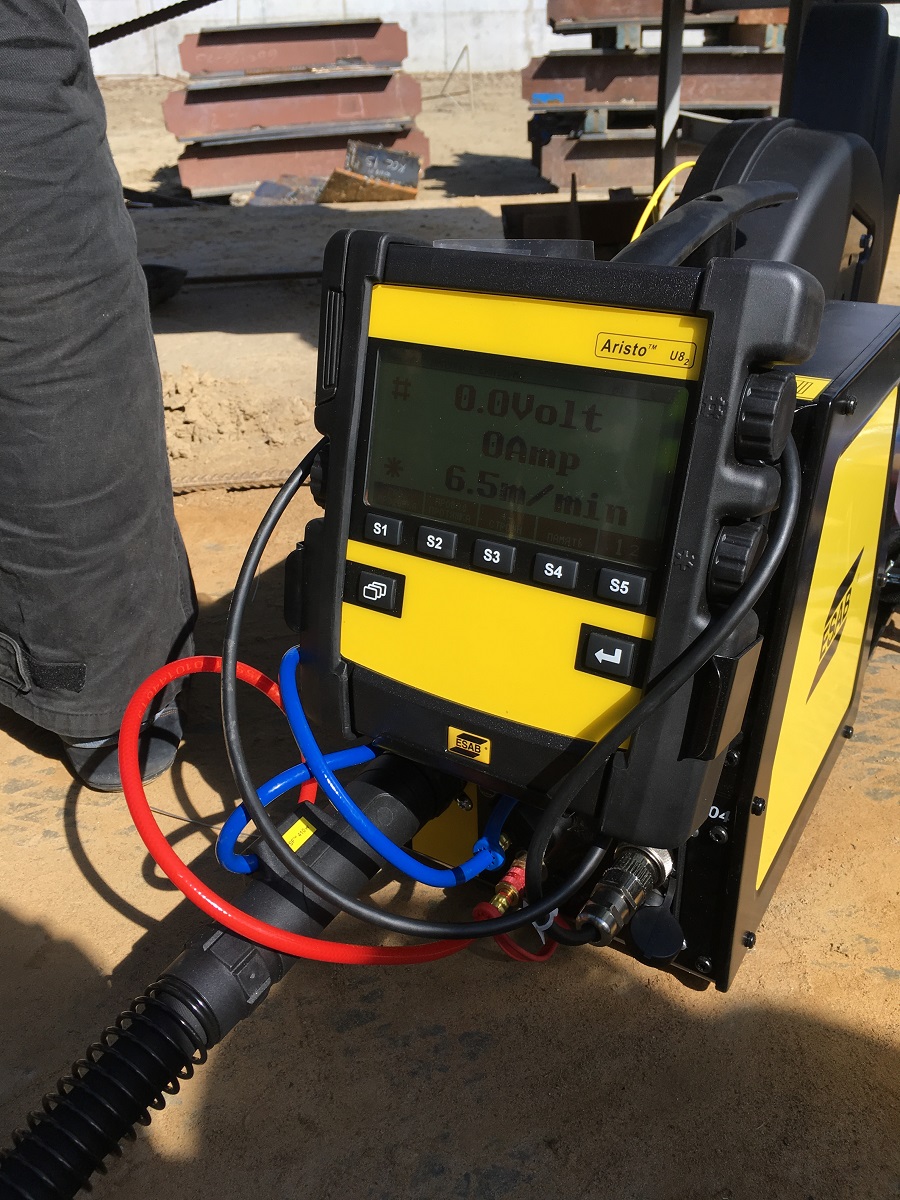Dear Al, pls see my comments in boldThis material should not be that difficult to weld. The steel contains 5 to 5 1/2 nickel and is intended for cryogenic service, but the nickel content is low enough that it should not present any specific welding issues.
Fully agreeI mentioned the CO2 content used in your original post was rather high, but 99% argon on a steel alloy with FCAW?
We've used FCAW also. As per ESAB recommendations for Shield-bright NiCrMo-3, 80% Ar + 20% CO2 mixture is recommended. But FCAW provided worse quality of weld That seems to be moving to the extreme even if you are using GMAW. What gas mix is recommended by the filler metal manufacturer?
GMAW --> we used NiCrMo-3+Ar99%. ESAB also poposed using of He+Ar mixture. Used welding equipment Aristo Mig 4004i pulse http://mam.esab.com/assets/1/BDBA5CC688D14EBE822C00D265DF8E7D/doc/28443B5C679B4F83BFD20ED2DAC020FB/ARC_23314-en_US-FactSheet_Main-01.pdfWithout knowing the application, it is tough to make a recommendation for the filler metal. I am curious as to why you are using a nickel alloy filler metal that contains 22% Cr, 65% Ni, and less than 1% Fe if the steel plate only contains 5% nickel? Would a type 309 or 310 filler metal work as well at a considerable cost savings?
Client's chosen NiCrMo-3. FYI: ethylene tank, design temperature is -105 C degree. Supplier requirements for weld metal: yield > 430MPa, tensile > 690 MPa, elong > 32%, charpi > 70J at - 196 CI checked the web site you listed. The welding parameters seem to be on the low side of the ranges listed by the manufacturer. As far as pulsing, I don’t think I would try that if you are using FCAW. Make sure you have the right polarity when welding with nickel alloys or even nickel bearing steel filler metal.
pls find enclosed pict with the last welding parameters on a.m. AristoFrom your descriptions of the problems your heat input is simply too low. The description of the face bend failures seem to support incomplete fusion if the heat input is too low.
If the shielding gas mix SG-AC-20% is what the manufacturer recommends, I would go back to that. I like the argon to be a little richer, but why argue with success? If the manufacturer uses a leaner mix and it works, stick with it. I would start at mid range of the parameters (voltage, amperage, etc.) listed by the manufacturer and increase or decrease the parameters after seeing the test results. Pay close attention to the wire feed speed and the electrode extension. I hate it when the manufacturer lists amperage, but not wire feed speed or electrode extension. Amperage is as much aq function of WFS and EE more than anything else when welding with any semi-automatic welding process.
we will try our best.
thanks a lot, Al





 ESAB took A645 plates for further testing.
ESAB took A645 plates for further testing. 




